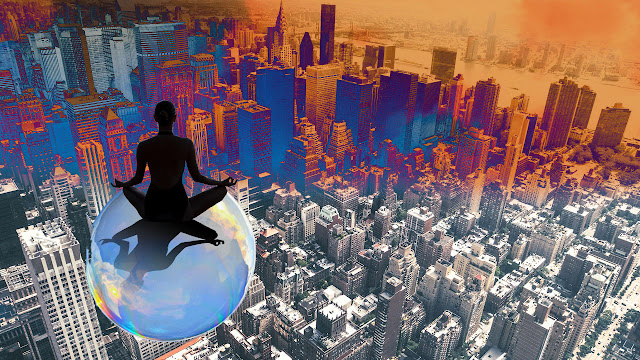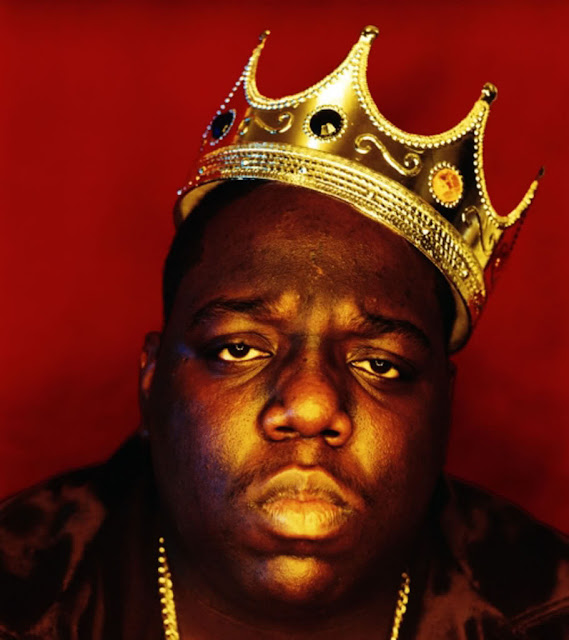Here is a brief explanation of the
differences and how each method is best used. The image samples used in this
post show the basic difference between a 2-colour spot colour, versus a 4-colour
(or “full color”) process logo. Although they look somewhat similar, they are
very different in construction.
Spot Color printing
This type of printing consists of
printing with 1 or more pre-mixed colors (generally 1, 2 or 3 colors at once).
Spot printing uses a color system of solid, premixed colors known as Pantone
colors.
Advantages:
When using spot printing, colors are
more accurate because you have already determined the color by its specific
Pantone number. Since the ink is not being mixed, that color will never change
from one print run to the next. For example: a Pantone 186 Red will always be
186 Red. Some colors, such as metallics and fluorescents, are only available as
spot colors—the same color and effect can’t be achieved using 4-color process.
Spot color is generally more
economical if printing is kept to 3 colors or less.
Disadvantages:
Spot colors are nearly impossible to
replicate on digital print devices, such as laser printers.
4-Color Process Printing
Process printing uses 4 colors which,
together, are known as CMYK:
Cyan
Magenta
Yellow
Black (also known as “Key”)
The combination of these colors, used
on their own or overlapped with one another, will produce a full color spectrum
typically used when printing photographic types of images, or graphics with
lots of color depth.
Advantages:
If it takes more that 3 colors to
achieve a print reproduction, than 4-color printing will probably be most
economical. CMYK printing is the best method to achieve realistic looking
photographs on a printed piece.
Since the colors are a mix of dots
over other dots, there is a good chance color will vary from printer to printer
and job to job.
Sources; http://www.visiondesign.com/2010/04/printing-cmyk-vs-spot-color/






































